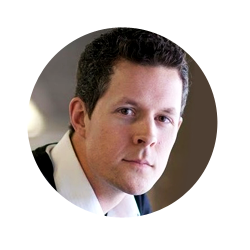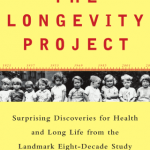
By Robb Engen, Boomer & Echo
Imagine a time when everyday citizens were oppressed and deceived by a select few institutions of authority. They were told how to think, how to act, and what was best for them. But after years of suffering, new ideas began to emerge based on science, reason, and scepticism that challenged authority and helped reform society. These ideas and beliefs spread quickly, cultivated by an increase in literacy and a departure from solely institution-based writings of the past.
Unlike citizens of 17th-century Western Europe, Canadian investors have yet to experience their Age of Enlightenment. The financial services industry pushes its doctrine – expensive mutual funds – down investors’ throats by using salespeople masquerading as financial advisors to sell products that are “suitable” but may not be in the best interest of their clients.
Canadians pay the highest mutual fund fees in the world – costs that are hidden and rolled up into a percentage that many investors simply don’t understand. The average investor spends just an hour or two a year with their advisor and is unaware that an advisor is not required to act in their best interest. Investors don’t hear about lower cost funds, index funds, or ETFs, nor have they ever received an account statement that shows how their portfolio was doing – an annual rate of return that’s compared against an appropriate benchmark. They don’t even know how their advisor is paid.
CRM2
But the tide may finally be turning. Effective July 15, 2016, new disclosure requirements will shed light on fees and performance through a regulatory initiative known as Client Relationship Model, phase 2 – or CRM2.
The impact of CRM2 means that, for the first time, retail investors will begin to understand exactly how their investments are doing and exactly how much they are paying. Continue Reading…






